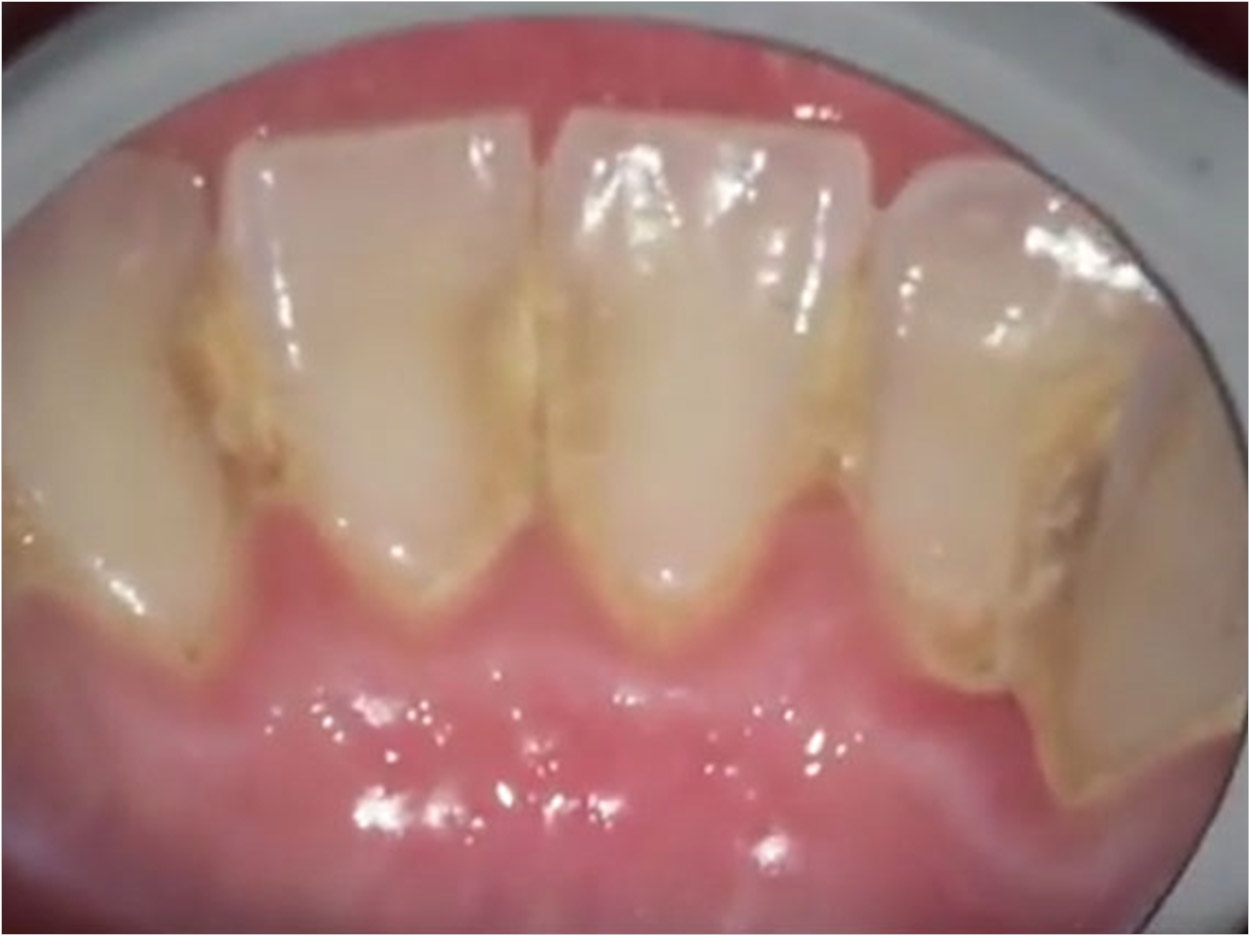
Extracellular polysaccharides (EPS) play a central role in the survival capabilities of caries-causing bacteria in dental plaque, according to researchers with the Preventive Dentistry and Oral Microbiology Clinic and Department of Biomedical Engineering at the University of Basel in Switzerland.
Cariogenic bacteria live in biofilm and attack enamel by converting sugar and starch into acids that dissolve out calcium from the enamel, causing caries. The dissolution of calcium increases the local calcium concentration, creating an environment that’s hostile to bacterial life. The researchers investigated how bacteria survives in dental plaque despite these conditions.
The researchers hypothesized that EPS support the bacteria’s survival capabilities. EPS are substances that build extracellular cariogenic bacteria from sugar residue. They create the biofilm’s scaffolding and ensure that bacteria are able to anchor themselves in the dental plaque.
The study showed that the more calcium that cariogenic bacteria dissolve, the greater their calcium tolerance and survival capability in the biofilm becomes. The researchers were able to prove that cariogenic bacteria develop mechanisms to help them survive the high concentrations of calcium.
Also, the researchers demonstrated that EPS possess a high number of calcium-binding sites through which they can integrate the free calcium into the biofilm. This neutralizes the toxic substance and strengthens the EPS structure of the biofilm. Plus, the EPS’s integration of calcium doesn’t just help cariogenic bacteria survive in enamel, it also causes caries.
“EPS’s integration of calcium inhibits the remineralization of enamel, as there is no longer sufficient free calcium present in the plaque,” said microbiologist Monika Astašov-Frauenhoffer, PhD. “This discovery is important in gaining a better understanding of calcium regulation in caries.
The study, “Exopolysaccharides regulate calcium flow in cariogenic biofilms,” was published in PLOS One.
Related Articles
Oral Bacteria Linked with Atherosclerosis
Nanoparticles Break Up Plaque and Prevent Cavities
Low-Cost Peptide Kills Bacteria and Breaks Up Plaque












